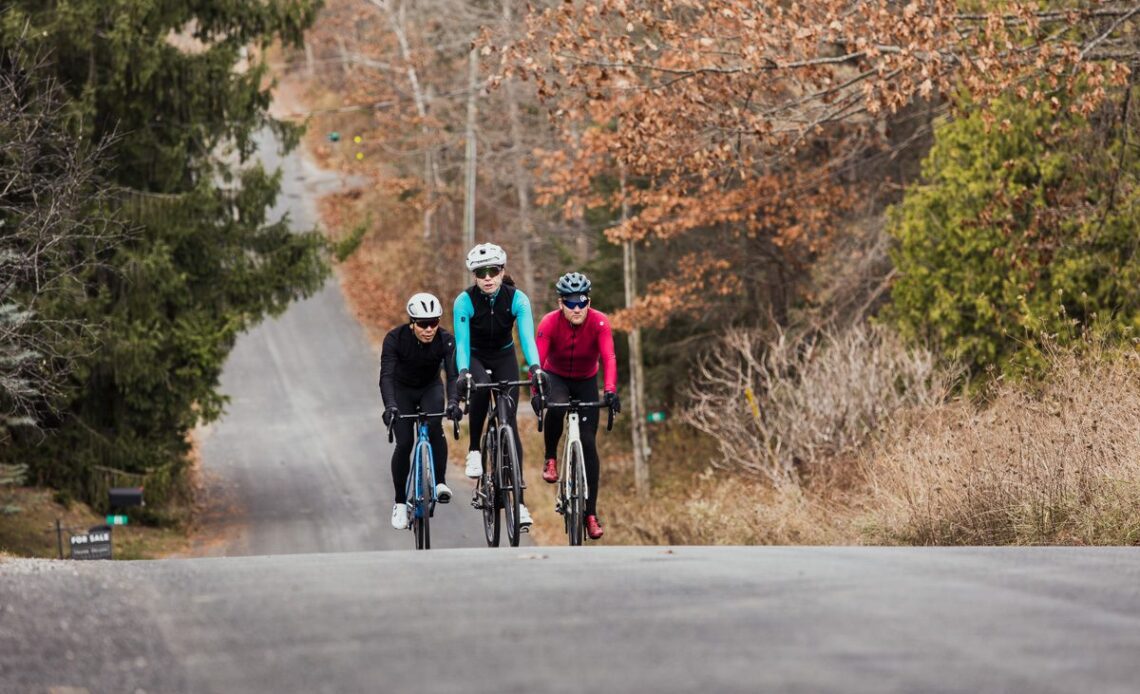Sumer is coming to a close, and before you know it, temperatures will be dropping across the country, it’s clear that summer is over. It’s time to get ready for cooler temps and cloudier days. Autumn rides can be some of the most enjoyable times on the bike, but they can also lead to drastic changes during your ride, weather-wise. Now that the kids are back in school, it’s definitely clear the scorching-hot rides of the pat few months are soon to be behind us.
But that’s no reason you can’t enjoy cycling in October and November. In fact, fall rides are some of the best!
With a bit of planning, there’s no reason not to get the most out of every time out on the bike before winter hits.
1. Check the weather
You most likely already check your smartphone before you ride—but there are lots of apps and sites now that offer much more advance radars to show any incoming rain clouds. Your local news station may say rain in your area, but that might be on the other end of town. But you don’t always need fancy apps. Sometimes simply looking at the sky and watching which way the wind goes will help you avoid nasty cloud cover. If you see dark clouds to the west—and the wind’s pushing them along—try going east.
2. Fenders and flaps FTW
Fenders or mud flaps are a game-changer, even when it’s not raining. Furthermore, when it gets cooler, the roads don’t try as quickly. That means your favourite roads or trails may still be slick, even when it’s sunny. Protecting your shins and backside will keep you comfortable and get you home dry.
3. Bring backup clothes
Weather patterns shift quickly this time of the year. A sudden shower can do more than dampen your mood (or kit.) A thin rain jacket or vest in your back pocket can save you from shivering the whole way home. Also, getting a flat tire this time of the year can leave you really feeling the lower temps. A few minutes off the bike for maintenance can leave you feeling the chill. Throw on a jacket or vest as soon as you stop, and you’ll be happy you brought it along.
4. Head and necks
There’s a reason you see pros wear caps under their helmet. It’s not just to act as a visor; it keeps your head warm. But don’t just stop there. Make sure to cover you neck, too. A neck warmer or bandana can act as a kind of thermostat. Bring one along in your pocket and put it on if you feel cold. Then take it off if you’re overheating. It’s a lightweight way to keep comfortable and regulate your body…
Click Here to Read the Full Original Article at Canadian Cycling Magazine…

